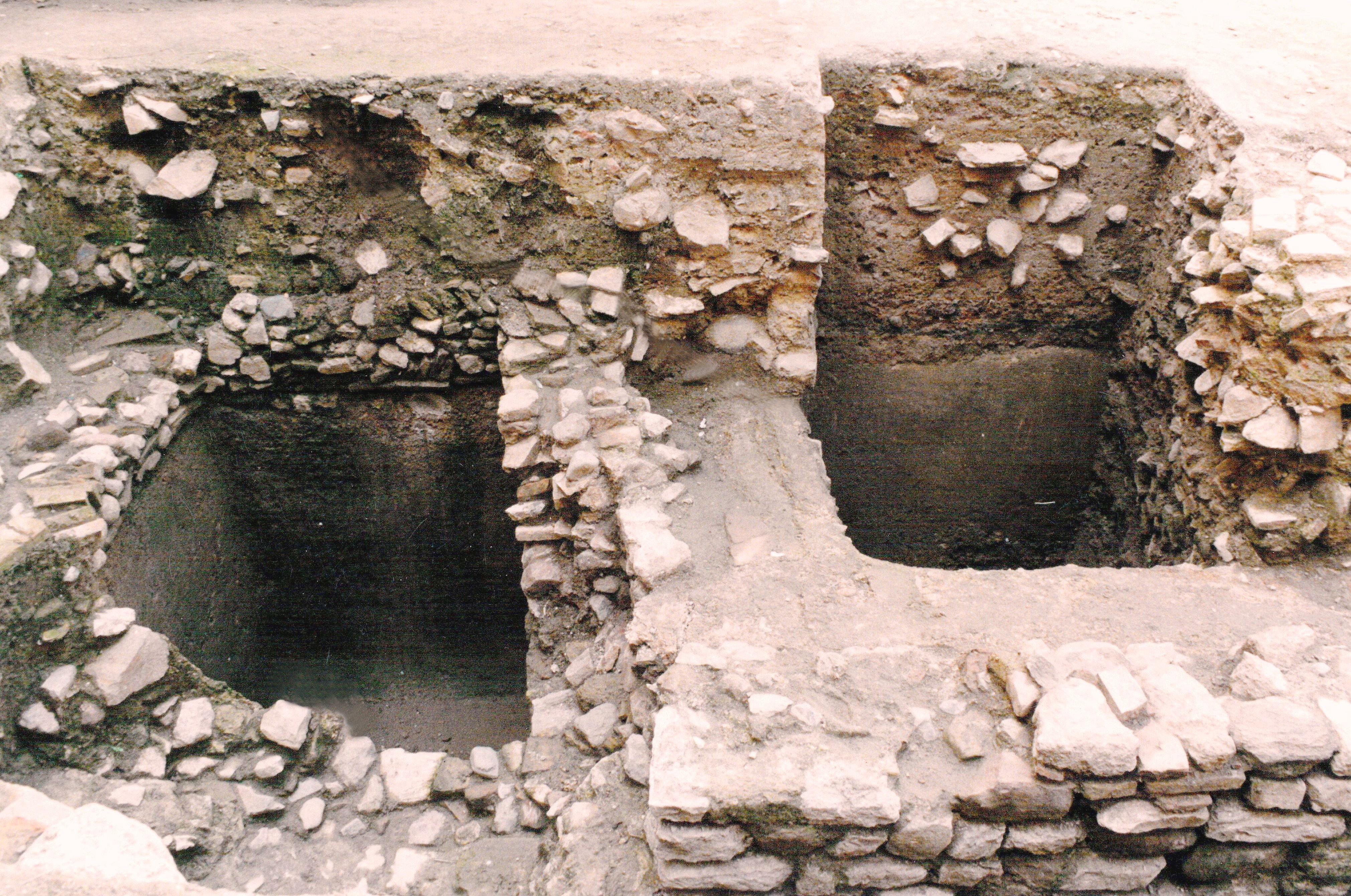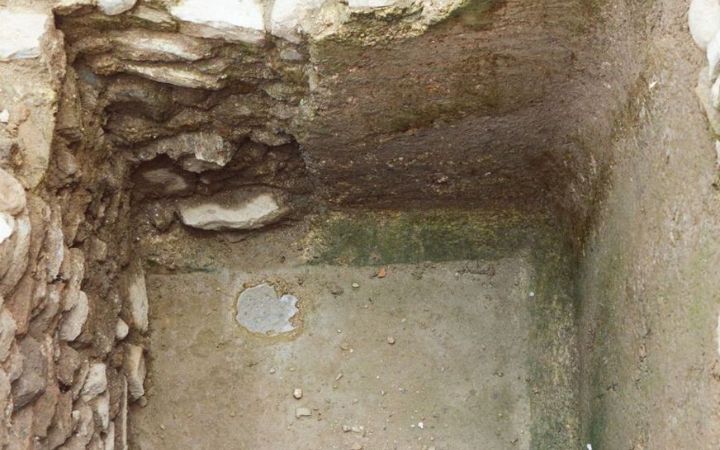CALLE CISTER, 3
En los sótanos de este edificio, cubiertos y a la espera de su puesta en valor, subyacen importantes restos arqueológicos fenicios y romanos.
Para época romana imperial, destacan los restos de un muro de aparejo mixto de sillares y ladrillo que posiblemente correspondiesen a un edificio público.
Durante el siglo III y en uso hasta el siglo V d.C, se instala una batería de piletas para transformación de pescado y elaboración de salsas y las estructuras hidráulicas asociadas a su funcionamiento, formando parte del extenso conjunto de factorías de salazones que se instalan por toda la ciudad.
Estos restos se amortizan en el siglo VI d.C con la presencia de estructuras, de las que perviven restos muy superficiales, asociados a un nivel de abandono bizantino.
Directores de las intervenciones: Alberto Cumpián Rodríguez
(Arqueosur, Estudio de Arqueología, S.L.
José Suárez Padilla
Ana Arancibia Román
María del Mar Escalante Aguilar
(Taller Investigaciones Arqueológicas, S.L.)
CISTER STREET, 3
In the basements of this building there are important Phoenician and Roman archaeological remains. They are covered and awaiting development.
In this area there are remains of a wall of mixed ashlars and brick that possibly belonged to a public building from the Imperial Roman period.
During the 3rd century and in use until the 5th century AD, a battery of basins was installed for the transformation of fish and the elaboration of sauces and the hydraulic structures associated with their operation. Both are part of the extensive set of salting factories that are installed throughout the city.
These remains are amortized in the 6th century AD with the presence of structures associated with a level of Byzantine abandonment, of which only a few remains survive.
Intervention Directors: Alberto Cumpián Rodríguez
(Arqueosur, Estudio de Arqueología, S.L.
José Suárez Padilla
Ana Arancibia Román
María del Mar Escalante Aguilar
(Taller Investigaciones Arqueológicas, S.L.)


